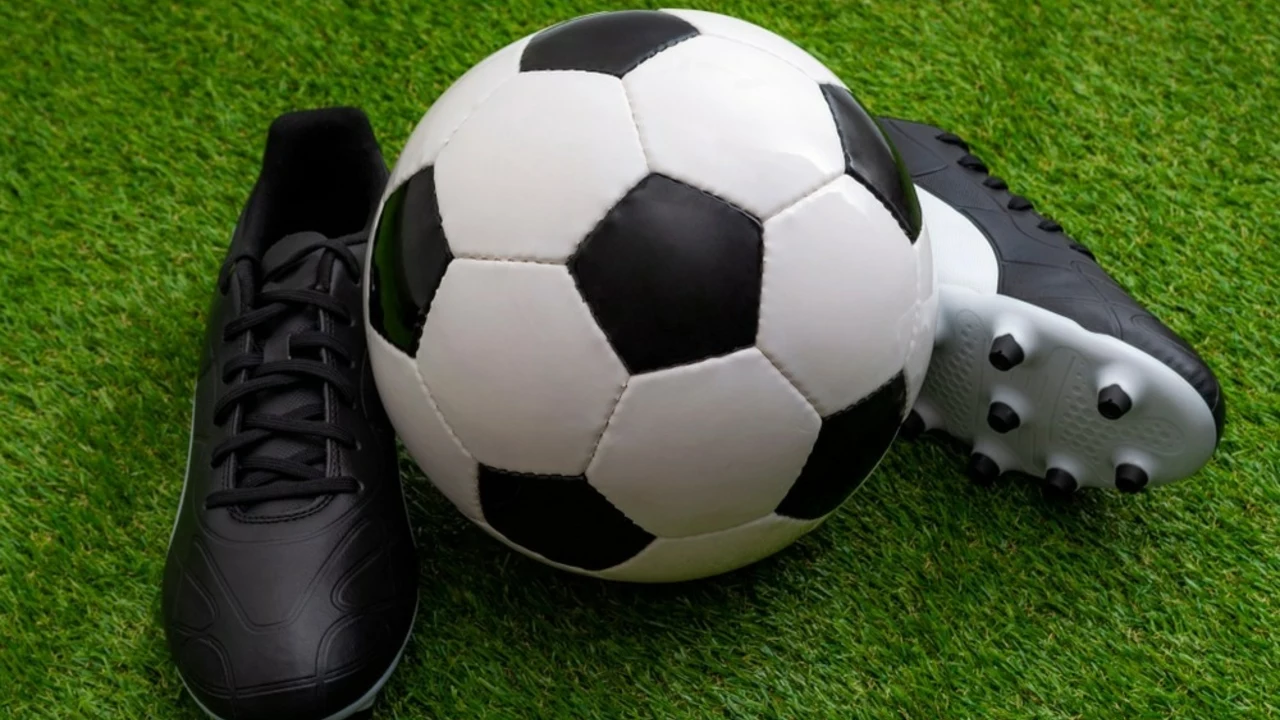Differences that shape the beautiful game
If you’re a fan who’s ever wondered why one club signs players for five years while another offers just a season, you’re not alone. The world of soccer is full of little contrasts that can change a career, a match, or even a whole league’s vibe. Below we break down the most common differences you’ll run into on the pitch and off it.
Contract length vs stability
One‑year contracts sound tempting – they let a player test the waters without a long‑term lock‑in. In reality, they create a lot of uncertainty. A player who has to renegotiate every summer can’t focus on improving his game; he’s constantly worrying about the next move. Clubs, too, hate the yearly scramble for new talent. They prefer longer deals so they can build a squad that clicks over several seasons. That’s why you see most top‑flight teams handing out three‑ to five‑year contracts, giving both sides a chance to grow together.
There’s also a financial angle. Longer contracts let clubs spread a player’s salary over more years, keeping the books balanced. Short deals often come with higher wages to compensate for the risk, which can blow a club’s budget fast.
Gear and rules: jerseys, cleats, and league names
Ever noticed how some jerseys look like they’re hugging the player while others feel baggy? Tight kits can reduce drag and make a player feel more aerodynamic, but they can also restrict movement for those who prefer a looser fit. The choice usually comes down to personal comfort and the team’s branding. Some clubs even let players customize the fit to suit their style.
When it comes to footwear, metal cleats spark debate. Most leagues ban them because a hard metal tip can cause serious injuries during tackles. Plastic or rubber cleats are the norm, offering grip without the danger. A few high‑level competitions still allow metal studs, but they’re the exception, not the rule.
The Premier League’s name itself is a difference worth mentioning. Launched in 1992, it replaced the old First Division to create a brand that could sell globally. The name “Premier” signals the top tier, and the league’s massive TV deals prove the power of a strong label. Compare that to the US, where “soccer” tries to carve out space next to “football.” Even though soccer’s popularity is rising, the cultural attachment to American football makes a complete swap unlikely.
All these differences—contracts, kit choices, equipment rules, and even league branding—shape how the game feels for players and fans. Knowing them helps you understand why teams act the way they do and why some debates never seem to end. Next time you watch a match, spot a tiny detail and think about the story behind it. That’s the fun part of being a soccer fan.

- Jul, 27 2023
- 0 Comments
- Finnegan Callaghan
Why are soccer cleats different than football cleats?
So, you're wondering why soccer cleats and football cleats aren't identical twins, right? Well, first off, soccer cleats are like the ballerinas of sports footwear - they're lightweight and designed specifically for swift, agile movements. Football cleats, on the other hand, are more like the heavyweight boxers, with extra support for all the rough and tumble action. The cleat pattern is also different - soccer studs are uniform for even pitch grip, while football cleats have a variety for specific positions. In the end, it's like comparing apples and oranges, they're both made for kicking, but in very different ways!
Read More